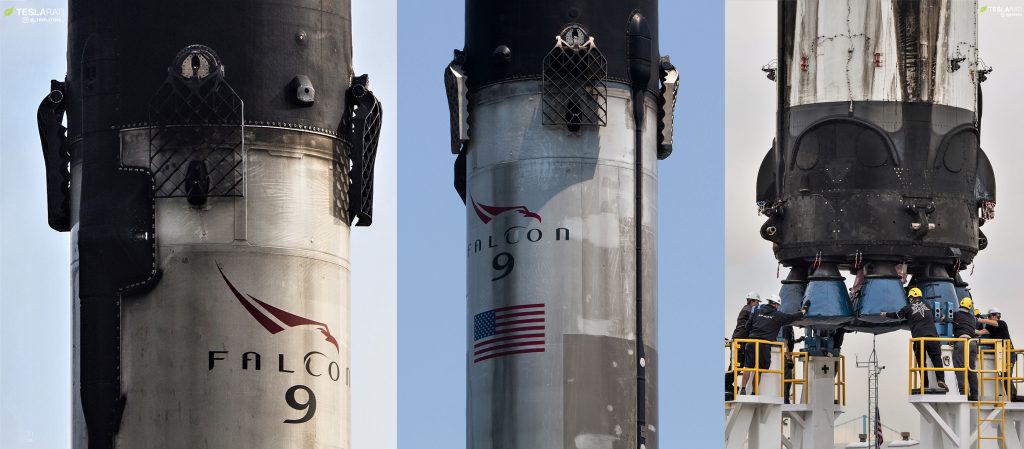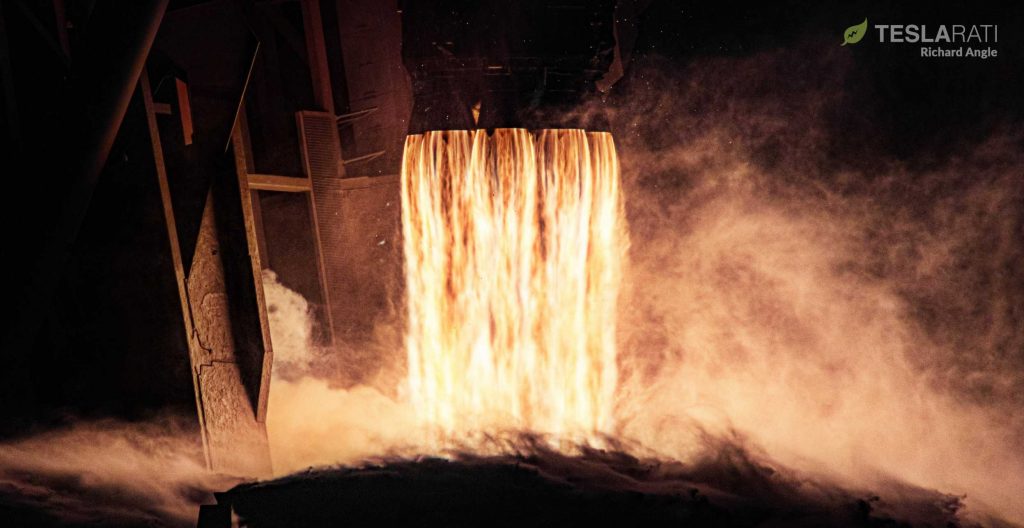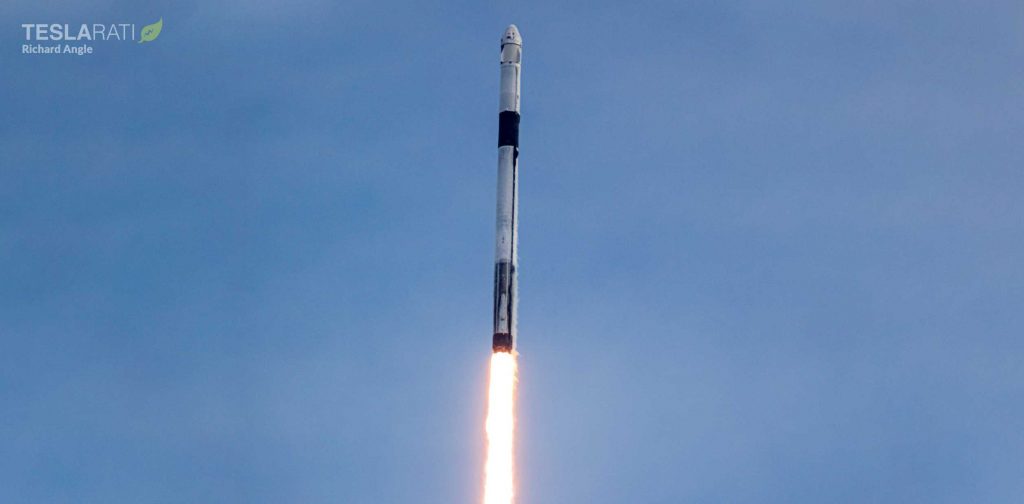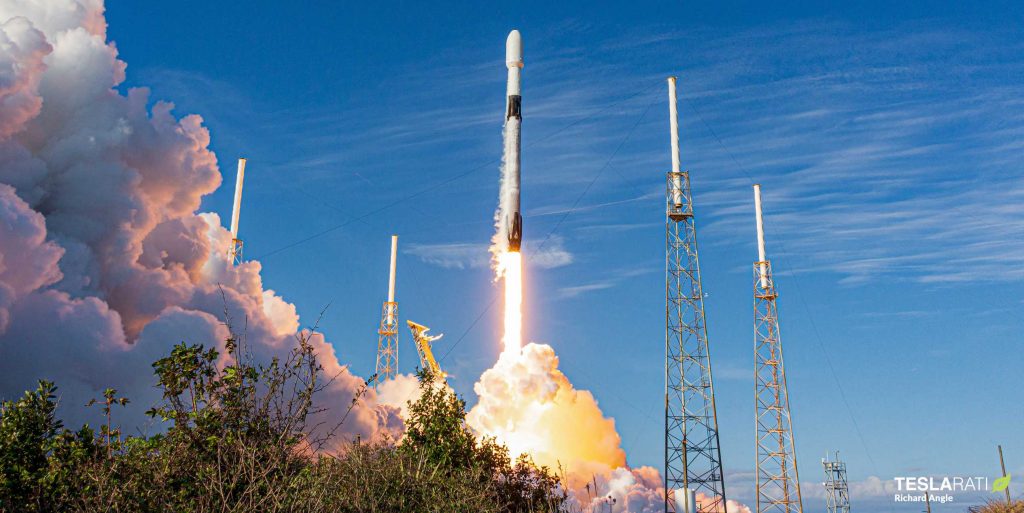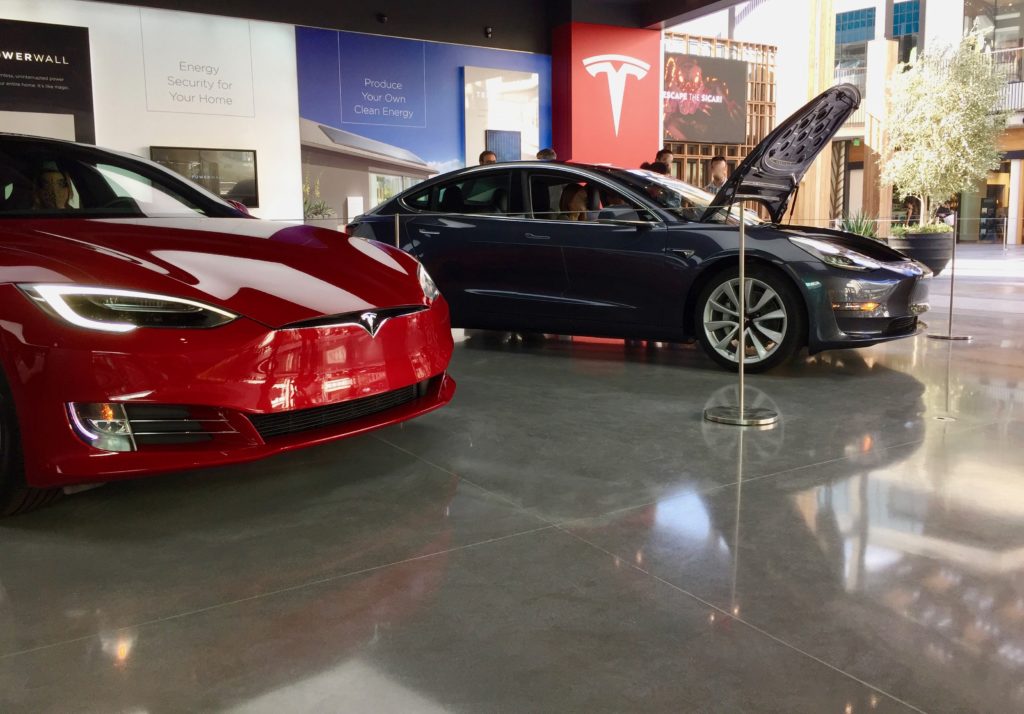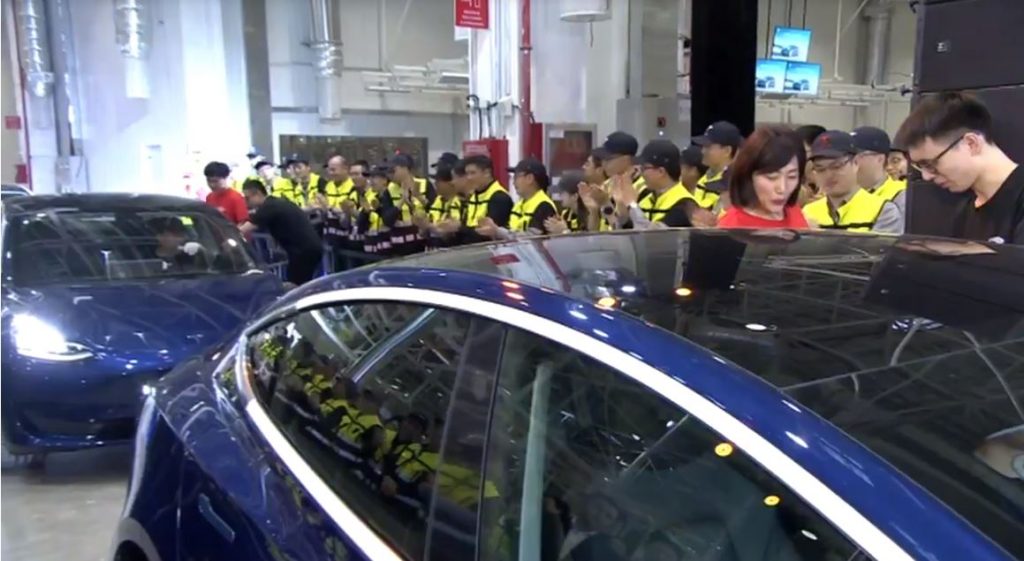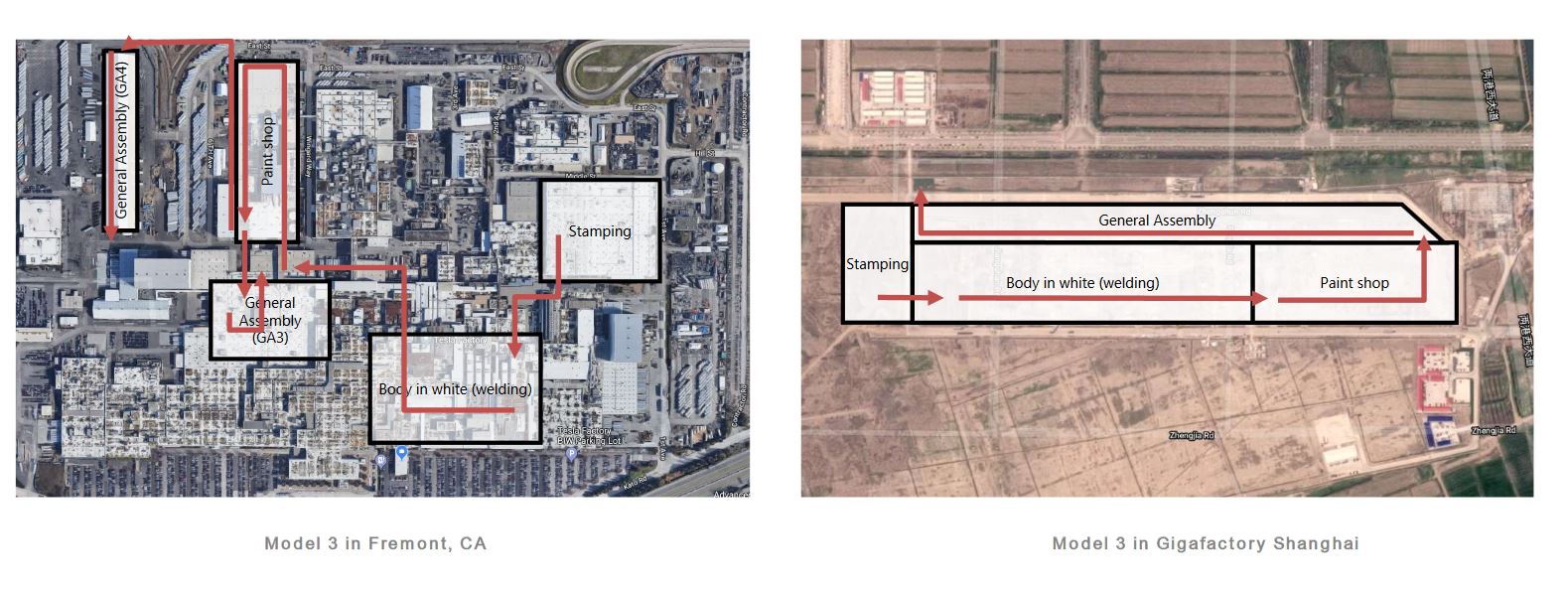German architect Marcus de Kalusche of archlab.de has come up with his own concept of a Tesla Cybertruck-inspired house. Set in a dystopian future, the concept for the disPlace is a sleek, gray, modernist house that stands in stark contrast to its dystopian environment.
Tesla’s Cybertruck is seen racing through a bleak wasteland, with the occasional fissures spewing steam from the planet’s crust and en route to its futuristic safe haven. Isolated from the rest of its world, except for the long stretch of rocky road through which visitors can only safely pass with an indestructible Tesla Cybertruck, the disPlace compound is as much a high-tech refuge designed to prevent human extinction as it is a pure work of art.
That’s, at least, the vision of Kalusche when his Archlab studio produced its latest 3D animation featuring the Tesla Cybertruck.
No other truck design has split public opinion down the middle more than Tesla’s Cybertruck. But despite how polarizing the truck’s Cyberpunk-esque appearance is, the all-electric utility truck has unquestionably sparked many people’s imaginations. And its influence has reached beyond the circle of electric vehicle enthusiasts.
This is not the first time an architect was inspired to design a house to match the Cybertruck. But, in contrast to earlier designs, the disPlace looks like a more elegant place to park the futuristic truck. The villa’s smooth curves, soft angles, and textured exterior are the exact opposite of the hard edges and smooth surfaces of the Cybertruck, but the house looks complete with the truck parked next to it.
Last year, a team of architects from Russia showed off their multi-level fallout shelter designed with the Cybertruck in mind. The Modern House, as its designers have named it, takes on more of the truck’s sharp angles and utilitarian design. It has inclined walls made of reinforced concrete and heavy-duty steel as well as armored windows and airlock doors. It also has a car elevator for the Cybertruck.
For all intents and purposes, the Modern House is made to keep its owners safe in the event of a zombie apocalypse or a nuclear explosion. It was designed for fun, but its architects said they have already received orders for the $850,000 Modern House.

(adsbygoogle = window.adsbygoogle || []).push({});
<!–
–>
var disqus_shortname = «teslarati»;
var disqus_title = «Tesla Cybertruck escapes dystopian wasteland to house of the future in new 3D animation»;
var disqus_url = «https://www.teslarati.com/tesla-cybertruck-house-of-future-3d-animation-video/»;
var disqus_identifier = «teslarati-128824»;

